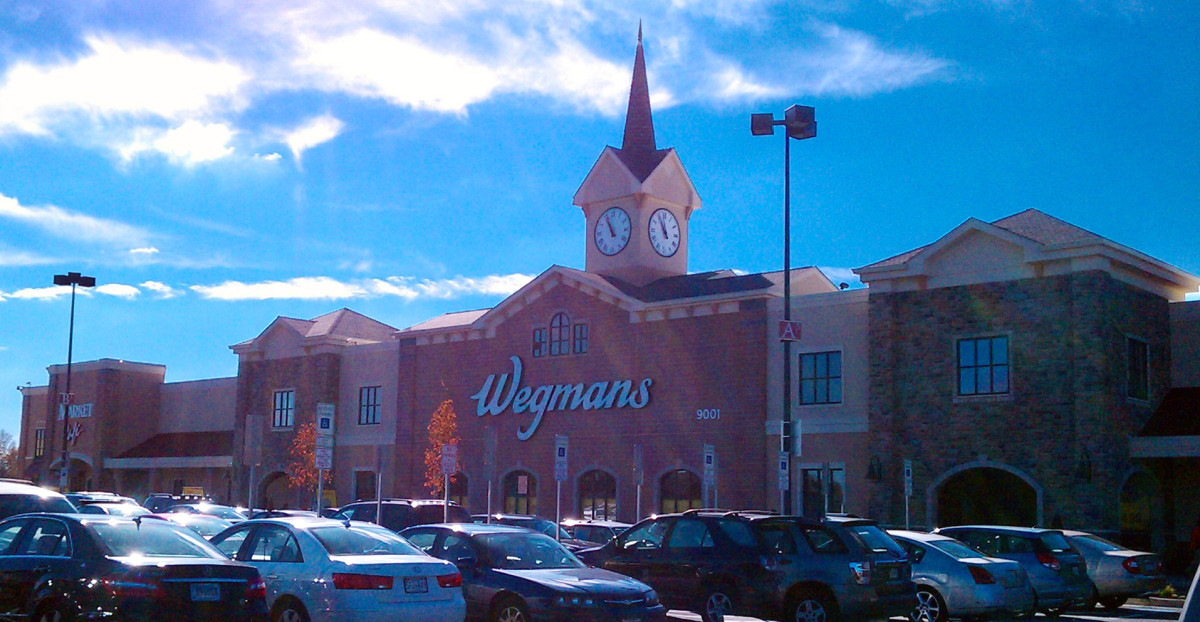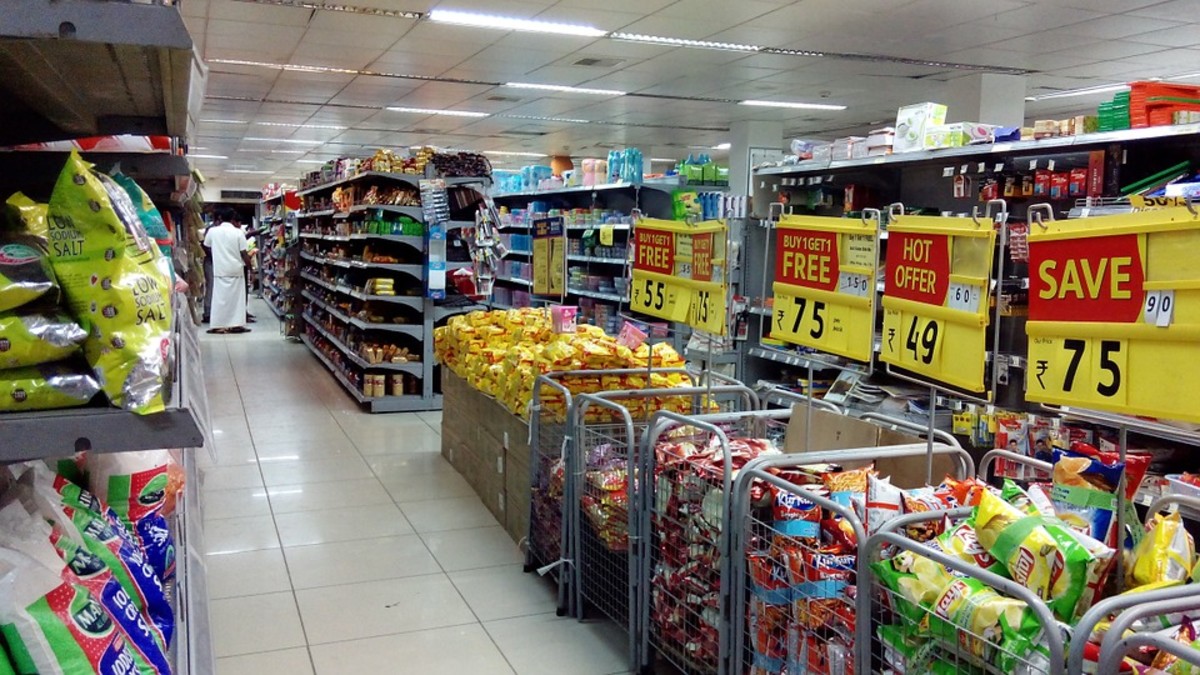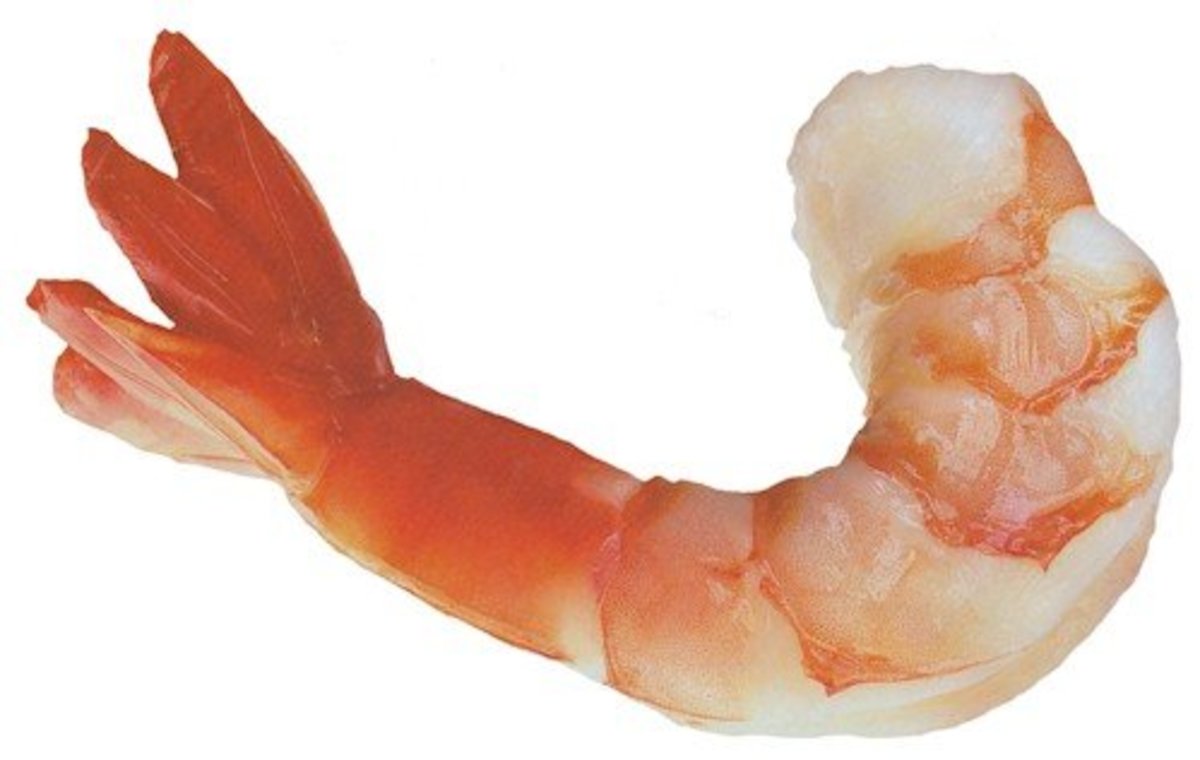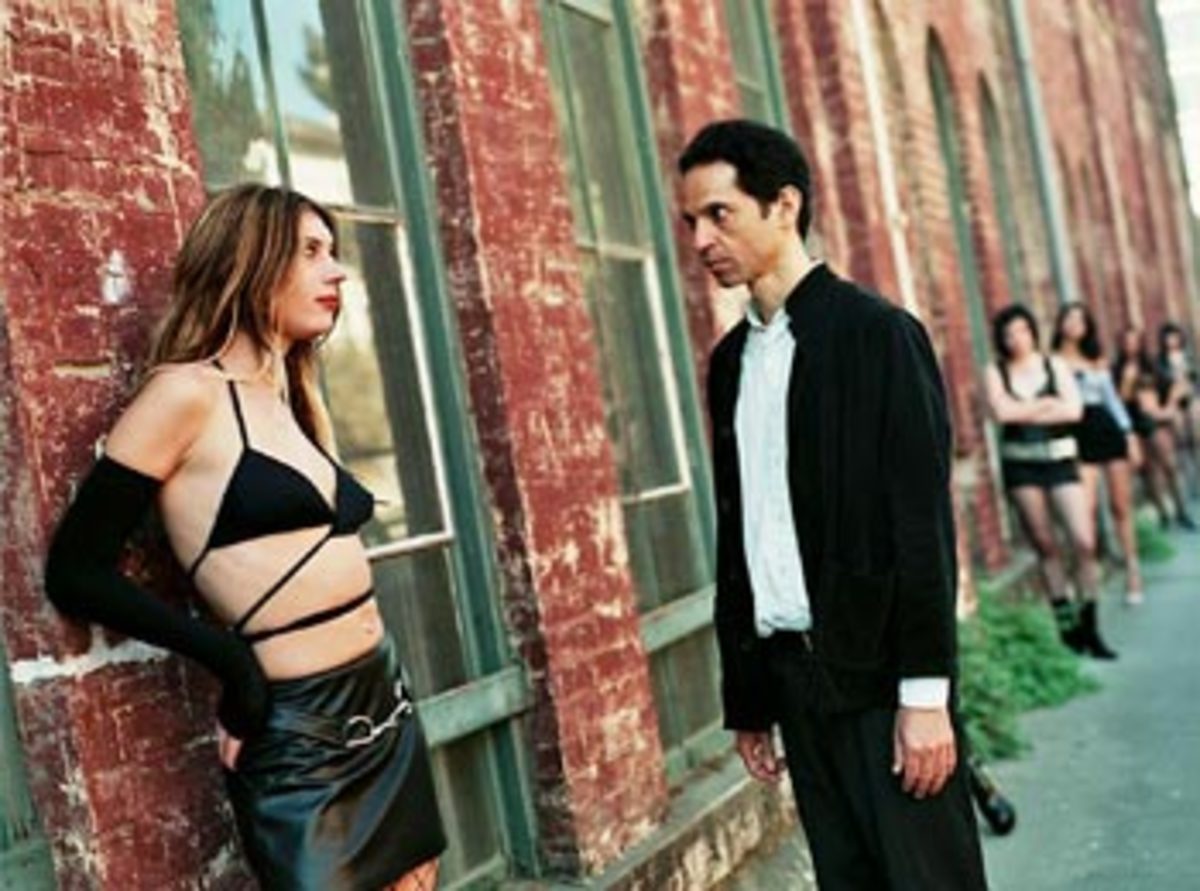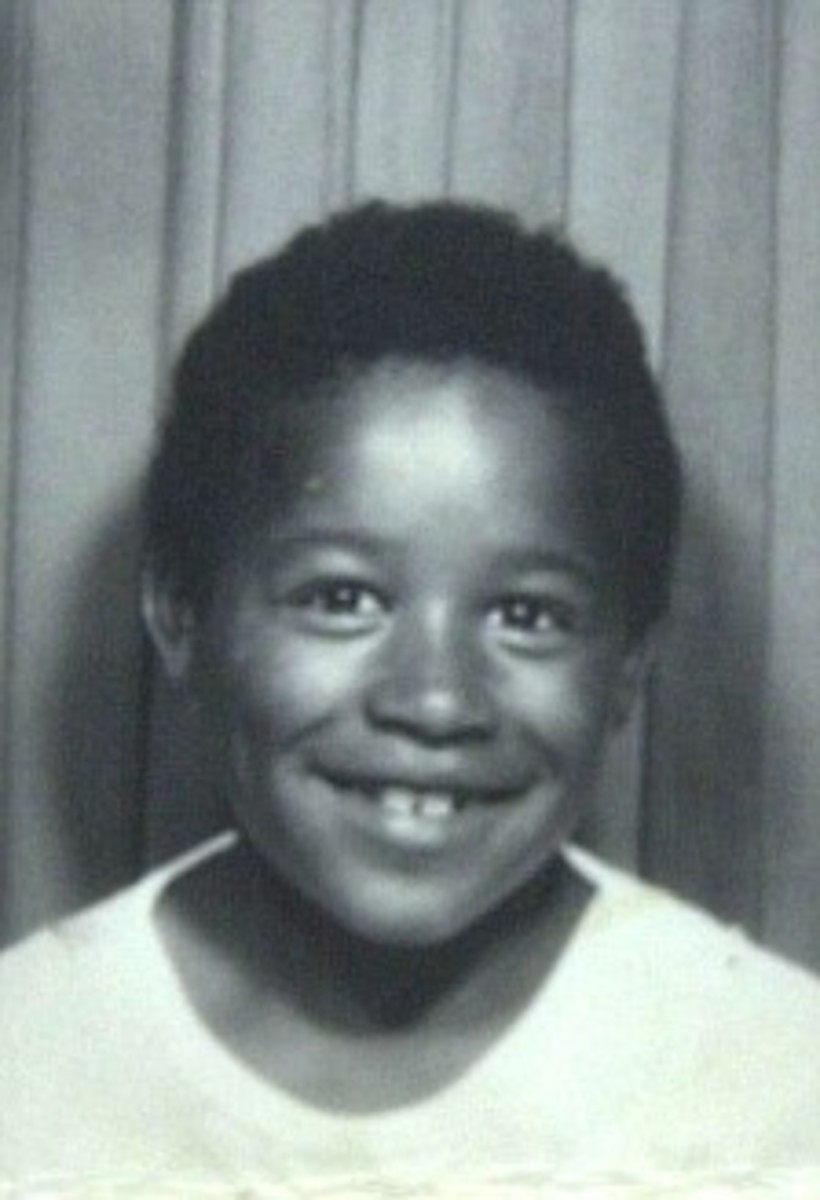Bagging the Social Aspect of the Store
Ma and Pop Stores a thing of the past?
The Question Forms
It started with a little thought, in reality little more then a stray thought. I remember it clearly; I was standing at the self check-out at Fred Meyers with a jar of mayonnaise in hand. If you have never used the self checkout it is really a simple concept. You bring your cart or basket up to one of six stalls. Then you punch a few buttons on the computer screen and scan your items, bag them, pay with card or cash and never have to deal with anyone. The whole concept was excellent for quick purchases, like a jar of mayonnaise. It was right after I pushed “pay with cash” and fed my dollars into the electronic mouth which swallows my hard earned money that it hit me. It didn’t even say please. It just gobbled up my money like a hungry alligator gobbling down neglected bird eggs.
What happened to the store? The store was the place where you would go and pick up the necessities of the week, while socializing with and visiting each of the people from your neighborhood. I picked up my bag and slowly walked out of the store passing a couple of people who refused to even make eye contact as they entered this cold dreary establishment.
I thought about the short essay I recently read in my English class. It was a little work by John Updike called “A & P”. In the story he presented a classic condition of social responsibility and the importance of standing up for what you believed in. As a more subtle topic he introduced us briefly to the culture of a 1960’s grocery store. He even stated “All this while, the customers had been showing up with their carts but, you know, sheep seeing a scene, they had all bunched up on Stokesie, who shook open a paper bag as gently as peeling a peach, not wanting to miss a word.”(971). I pictured this as an event at the store, something people would hurry home to tell their families and friends as the grapevine of gossip quickly spreads and bears it’s luscious fruit. This event was a social event taking place in an environment where everyone would see or hear about shortly. Simply put this was a hub to the culture of the time. I pondered further: Had it always been that way and would it be any longer? I thought again of the self service machine that had just handled my transaction and the point that it was probably helping someone else whom I hadn’t even noticed in the store. I tossed this idea around my head even more as I drove home. Was the store a place of any social interaction today?
The Search Begins
As I pulled into my parking area I looked at the apartment building next to mine and wondered if Ky and Danny would be home. Ky and Danny are the oldest couple that I know personally in the complex, and by now I was kicking around this idea of the culture of the store of days gone by. By reading “A & P” I was introduced to the friendliness and community of the store during the sixties, but had it just been that generation or the ones before? So grabbing the bag that held my jar of mayonnaise and swinging it merrily as I approached their apartment building.
I knocked my signature three tap knock across the upper part of the door. It was my knock and everyone knew it. I started at the right side of the door, tapped once, moved my hand to the middle, tapped again (being careful to miss the peephole), then finished with one last knock on the left side of the door. Three knocks, tap, tap, tap to a rhythm of some long forgotten song, because it sounds musical when done. Their twin pugs answered first, letting me know that they knew I was there, just in case I forgot. Danny answered quickly, silencing his dogs.
“Hey Buddy, Got a minute?” I asked.
“Sure, just doing laundry.” He replied in a way that sounded like: Please free me from this inhuman torture bestowed upon me.
“Great can I ask you a couple questions? It’s for a school assignment.”
He paused for a moment; I can tell he is reluctant to participate fearing that he will somehow be made look silly.
“Where did you shop for groceries as a child?” I asked before he could find an excuse to avoid the discussion. I saw him instantly relax.
“Mayfair Market, Sacramento, California.” He said with a questioning look on his face. Good I have him hooked. I thought to myself.
“California cool, was it a little Mom and Pop shop?”
“Oh no, it was like a Paul’s or Albertson’s but seemed a lot bigger back in the late 50’s and early 60’s.”
I felt the energy within me building, as he began to picture it in his mind’s eye. I knew we were headed back into time then, back to the fifties, a place he fondly remembered. Back to the grocery store, standing next to his mother, whom was dressed in a checkered skirt and solid white top, a little basket in hand. It was a school day, but school was done, we had walked home only to find his mom needing to go to the store. This was never as much fun as when we would run down with his older brother on the weekend each with a quarter in hand, ready to stock up on the penny candies that would later make us sick.
All around us in the store that day were people we knew well, everyone knew each others names. Mom would stop and talk to each one of them, her moment to get out and visit with everyone before she would need to go home and prepare dinner before Dad arrived home from a long day at work.
Mom led us to the back of the store, past the soda isles where the tin soda cans and glass bottles beckoned my name as I walked past. The lights dangled above us, their long dark chains reaching high up to the ceiling. On the highly polished black and white checkerboard tiled floor below, the lights reflected. It almost appeared that the floor had lights somehow built into it. Each isle was neatly stocked with a fine collection of dry and canned packages. Every can, box and bag perfectly placed on the shelves.
At the back of the store were the coolers, in these she pulled out two glass bottles of milk, we would return the bottles later so they could be reused. Next we walked over to the produce which was immensely better then the produce purchased today. It was fresh and the smells of farm life would assault your senses and make your mouth water. This produce was grown locally, usually less then a day or two off the vine.
We then walked to the front of the store, where the cashers, who not only knew Mom’s name but mine as well, greeted us. They always wore clean white shirts or blouses and even the women wore a tight black bowtie. The women wore full length black skirts while the men wore black slacks. After Mom was finished shopping she kidded with the casher, who complained that the heels she had to wear all day were killing her feet. Mom of course was sympathetic but respected the look, their outfits like everything else in the store was very precise and organized.
With that Danny took a deep breath bringing me back with him to present day, just a few moments had passed during our trip to his childhood.
“What do you remember as something big happening in your life in the store?”
I asked not truly wanting the adventure to be over.
“It was in that store, on a day when everyone was crying; that I found out JFK had been shot.” He paused, “It was the place that we actually got our news, and we hurried home and watched it on the T.V. for the rest of the day.”
“But on a lighter note”, he continued, “ There used to be a billboard on the outside of the store which told what was happening on the Ed Sullivan Show that night. “The Beatles” was written on the board one day, I asked my Dad if we could watch it and he responded “No you are not watching that garbage.” First I ever heard of the Beatles was at that store.”
As I walked slowly to my apartment I remembered meeting friends and neighbors at the local M & W in the town I lived in myself, how twenty years later then Danny had done it I too had done it. The store was the central hub, not just for food but for social interaction, the news, and the gossip. I found myself asking: Is there still a social side to a walk around the store or is it gone forever, the way of 8 tracks and typewriters?
I sat down at my computer, set down my bag with the jar of mayonnaise and typed into the Google search bar “The Culture of the Grocery Store” hoping to get a nice easy to read article on the topic that was now driving my desire. Various articles about ethnic grocery stores popped up to my dismay nothing on the history and culture of the grocery store. Although there was an article of Obama making a push for people to start going to the grocery store again. I clicked on the article and opened it not expecting to find much. I found what I expected and backtracked out of that page. The next listing on the search looked very interesting. It was an article by the New York Times titled “Neighborhood Grocery Stores Remain Vital Roll in Nation’s Culture”. Thinking that I hit the jackpot I quickly opened the article and began reading. I found two very serious problems with the article. First it was published in 1998 so it was only thirteen years old and second it was about the nation of India.
Feeling disgruntled I backtracked yet again. In the next article I read Robert Spector stated very clearly that “The personal touch and that connection to the community is what can separate independent retailers from the chains.”(qtd in Amster-Burton). This made me realize that yes the smaller shops were hanging around because of the connection of community within, the enforcement of a culture and social side was the thing that kept the smaller shops open. Feeling like I was gaining ground I continued on with my search, next finding the very respectable Bloomberg report by Joy Catz in which she proposed the concept of “…independent stores also offer better service and build communities. Plus shopping there is fun.” She went on to point out that studies have shown that shoppers making purchases from local produce stores have many more conversations then those who shop at chain supermarkets (Catz).
And the Facts Are In
It appears that there is still a demand for shops where as the theme song to the classic TV show “Cheers” would state “Where everybody knows your name.” It seems that the busier we get it does not take away from our need to be noticed and to receive a quick hello or a short bit of gossip about the gal down the road and her troublesome kids.
Even the large stores seem to be getting this fact, that people want a friendly hello from the cashier. The Idaho Press-Tribune ran an article stating that most shoppers are choosing to use a traditional cashier over the self-service machines. Keith Wearne was quoted in the article as saying “You get someone who says hello; you get a person to talk to if there’s a problem.” The article went on to say that Big Y Foods along with other grocery store chains are bagging the self-checkouts and that only 16 percent of transactions were done on these machines in 2010 compared to the 22 percent in 2008 (Supermarkets Start Bagging).
As I picked up my jar of mayonnaise from next to my computer and walked slowly to my kitchen I couldn’t help but wonder. If I have a choice between convince and enjoyment where would I rather shop? Somewhere quick or somewhere where they actually have a moment to say “Hello Jim. How are you today?”
Works Cited
Amster-Burton, Matthew. Why Big Business Will Never Win Over Mom and Pop Stores. 25 05 2010. Web. 29 09 2011. <http:></http:>.
Catz, Joy. Lets Shop Mom and Pop. n.d. Bloomberg. Web. 28 09 2011. <http:>.</http:>
Danny. Interview. James Delfino. 20 09 2011.
"Supermarkets Start Bagging Self-Checkouts." Idaho Press-Tribune 27 09 2011: A1,A3.
Updike, John. "A & P." The Writer's Presence. Ed. Robert Atwan Donald McQuade. Sixth Ed. Boston: Bedford/St. Martin's, 2009. 967-972. Print.


